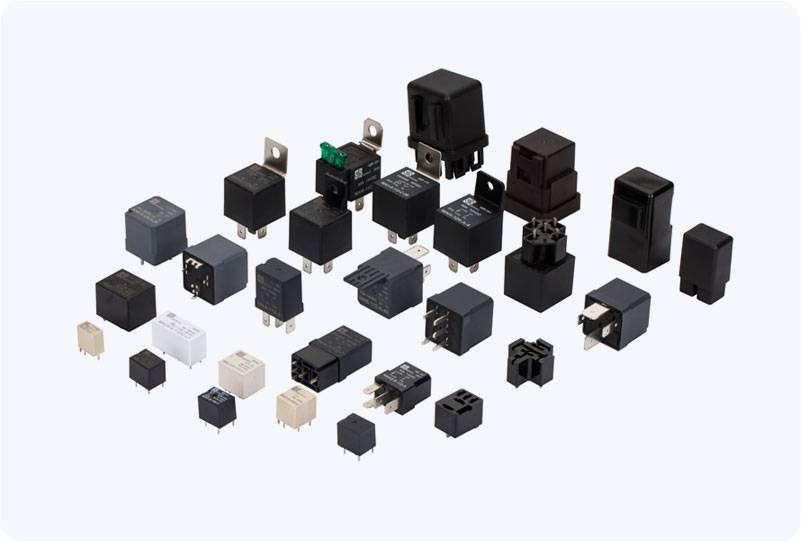In the world of electronics, relays play a critical role in switching operations, particularly in controlling high-power circuits with low-power signals. One such widely used component is the PCB electromagnetic relay. These relays, integrated into printed circuit boards (PCBs), are used in a variety of applications, from consumer electronics to industrial control systems. This article delves into the function, application, and advantages of PCB electromagnetic relays, shedding light on their essential role in modern electronic designs.

What is a PCB Electromagnetic Relay? A PCB electromagnetic relay is an electromechanical device designed to control the flow of electrical current in a circuit. It consists of a coil (electromagnet), an armature, and a set of contacts. When an electric current flows through the coil, it generates a magnetic field that activates the armature. The movement of the armature causes the contacts to either close or open, completing or interrupting the circuit. These relays are typically mounted directly onto the PCB, making them integral to the overall functionality of the electronic system.
How Does a PCB Electromagnetic Relay Work?